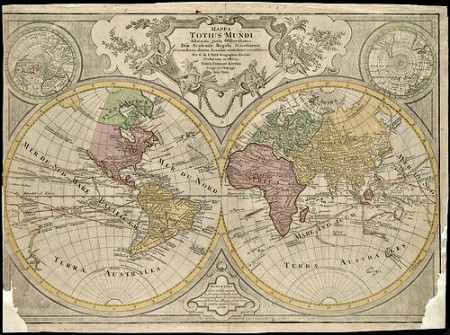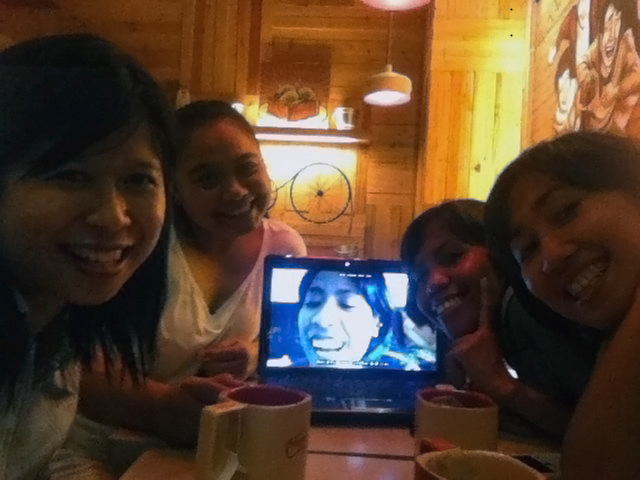
The problem with Countering Terrorism Financing (CTF) today is not a lack of comprehensive measures on the global stage, but of developed international norms to support its regulatory framework.
Today, most CTF measures (e.g. the UN International Convention for the Suppression of the Financing of Terrorism, or the Financial Action Task Force) perform merely ‘advisory functions’ and lack even the tenuous force of international law. Not only the enforcement but the adoption and implementation of global CTF is entirely up to states themselves.
In the ISN’s latest OSINT report we emphasized that despite all recent policy talk on the matter, the international community has been slow in building a global CTF body that resembles an international regime.*
A case in point: under UN resolution 1373, each country has the authority to freeze an entity’s financial assets. However, if these assets are located in the jurisdiction of another country, resolution 1373 only authorizes the inquiring government to call upon the other to cooperate. So, while the Indian Ministry of Home Affairs continues to freeze the assets of Kashmiri terrorist groups, there is nothing they can do, legally speaking, to ensure that the money is frozen in Pakistan as well.




